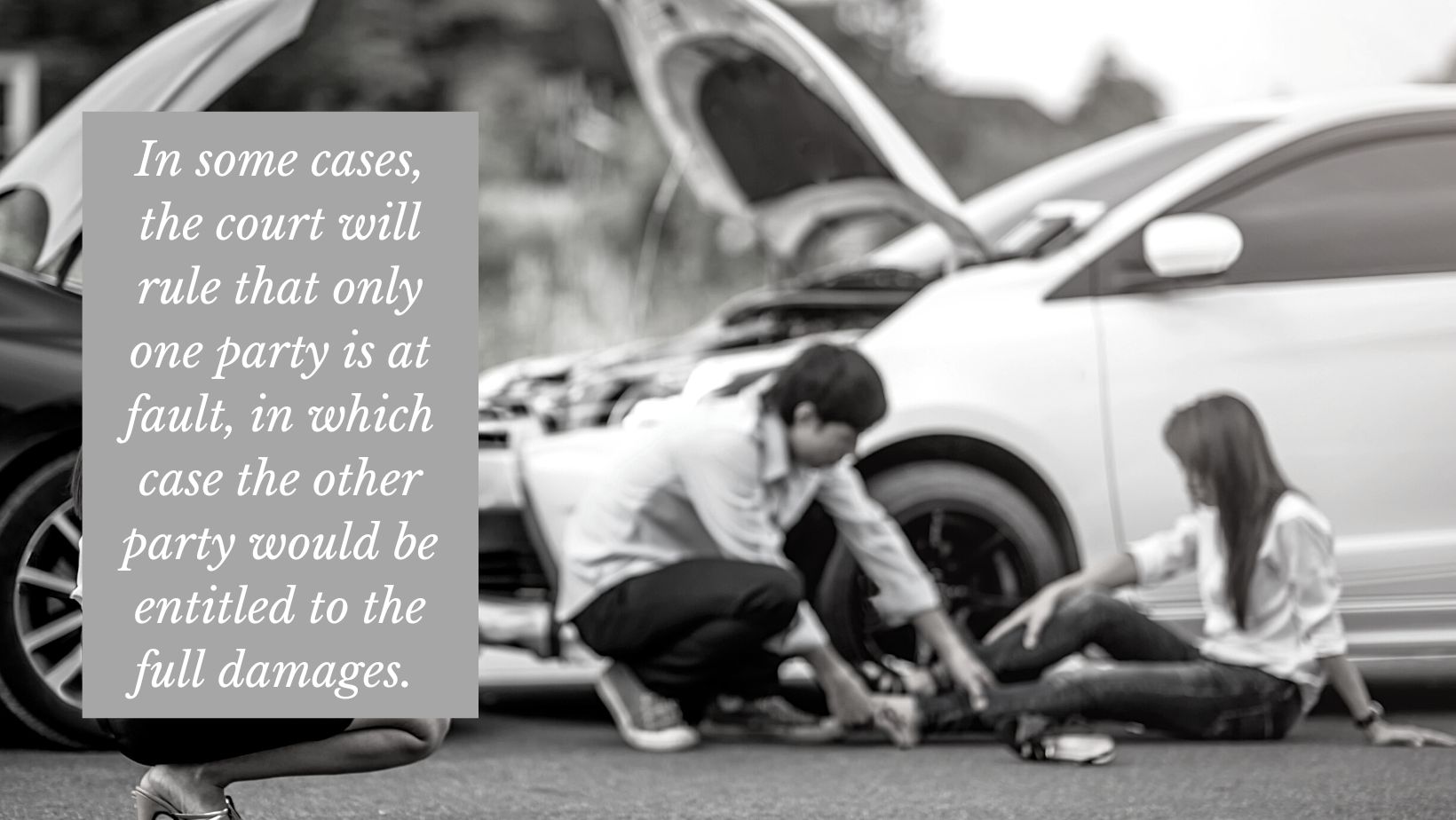Getting in an accident can often lead to difficult situations over the upcoming days, weeks, and sometimes months. Whether you think you might have caused the accident, or think the other party is clearly at fault, it’s important that you understand the legal lingo you’re likely to hear to understand your legal situation better. “Bodily injury” is a phrase you’re likely to hear. And while it sounds straightforward, bodily injury, like many terms in the legal field, has more to it than meets the eye.
 Image by Canva.com
Image by Canva.com
Bodily Injury vs. Personal Injury
After an accident, you may hear the term “bodily injury” used when discussing victims’ medical issues. It might surprise you that this is not actually a legal term. Instead, it originates from the insurance industry. Consider: If your dog dug up your neighbor’s prized flowerbed, or you backed into their parked car and scratched a fender, or had a little too much fun on your ATV and took out a section of their fence, the insurance companies would indicate that there’s been an injury to property. Contrastingly, a bodily injury is any injury a person suffers. In an auto accident, that might be bruises or cuts from an airbag deployment, whiplash from a sudden stop, broken arms or legs, or even more serious injuries.
Interestingly, bodily injury doesn’t mean anything when it comes to liability. You could get all of the above bodily injuries from driving your car into a light pole. In that scenario, the only person liable for your injuries would be you. Depending on the state you live in and the kind of coverage you’re carrying, you may be able to submit an insurance claim for the accident. However, bodily injury isn’t a legal term, so you’re unlikely to hear it if involved in an auto accident case.
Instead, lawyers generally use the term “personal injury.” While it also involves injuries, the scope may be larger than is initially apparent. Neglect and abuse, slip and fall injuries, and dog bites are all situations where personal injury comes into play. However, personal injury can involve more than just physical issues. Mental and emotional damages, reimbursement for medical bills, rehabilitation, lost wages, and pain and suffering can all be part of a personal injury lawsuit, depending on the specifics of the individual case.
How is Fault for Bodily Injury Determined?
The way fault in legal cases is determined varies by state, as each sets its own laws on the matter. In New Mexico, the law uses a comparative fault method. This means that each party in an accident collects damages based on the percentage of fault they have for the event. For example, if you were in a car accident, were awarded $1,000 in damages, and were found to be 25 percent at fault, your damages would be reduced by 25 percent, leaving you with $750.
 Image by Canva.com
Image by Canva.com
In some cases, the court will rule that only one party is at fault, in which case the other party would be entitled to the full damages. The important thing to remember in New Mexico, with its pure comparative negligence approach to liability, is that even if you’re mostly at fault for an accident, you can still collect damages. For example, if you were found to be 90 percent at fault in a slip and fall case, and your damages were worth $100,000, then you’d still be entitled to recover $10,000. While this amount is significantly less than your total damages, it does leave you better off than if you had taken no action.
Who Pays for Bodily Injury?
Who ultimately pays for a bodily injury will vary greatly from case to case depending on the different factors in play. One of the biggest factors is fault. As covered above, damages vary by the percentage of fault in New Mexico, so the more at fault you are, the more you’ll need to pay, and the less at fault you are, the more you’ll be entitled to receive. But, that only covers who has to pay, and not whether they have the money to do so.
In the case of an automobile accident, drivers in New Mexico are required to carry at least $25,000 of bodily injury coverage per person, $50,000 of bodily injury per accident, plus $10,000 of property liability coverage. And if that doesn’t sound like a lot of coverage to you, then you have good instincts. With medical costs in the US being what they are, minor to moderate injuries can sometimes rack up tens of thousands of dollars in bills. If there are multiple occupants in a vehicle, those bills have the potential to be even higher. That’s why it’s generally a good idea to carry higher limits on your insurance if you can afford to. A higher limit will help ensure that your insurance can cover a high settlement if you’re at fault for a serious accident.
In the case of an accident involving a corporate entity, recovery may be easier. For example, a slip and fall injury in a business would be covered by the company’s business insurance, which generally has a higher insurance limit than personal insurance. So, corporate connections are sometimes needed in an accident to ensure you can recover your full claim. For example, if you’re hit by a commercial truck, including the company that hired it, the claim is better than going after the driver alone.
When Should You Seek Legal Representation for Bodily Injury?
Of course, you may not be at fault, but recovery can be difficult or impossible when you are hit by an un- or under-insured motorist. Not only can a lawyer help you navigate a difficult situation like this, but one of the most underrated services a lawyer provides is helping you understand upfront what your options are, so that you can take the best path possible. If you’ve been in a car accident, whether you think you’re at fault or not, contact the Law Offices of Samuel Kane today for a free, no-obligation consultation to learn more about your next steps.
Please note that this article was created for advertisement purposes, and it does not constitute any contractual legal relationship, nor imply one.
